Do you require a creative boost? It is common to experience periods of stagnation or uncertainty regarding one’s creative abilities. Alternatively, you may wish to explore new methods for utilising art materials. This Know-How post offers strategies and techniques designed to support and enhance your creative development.
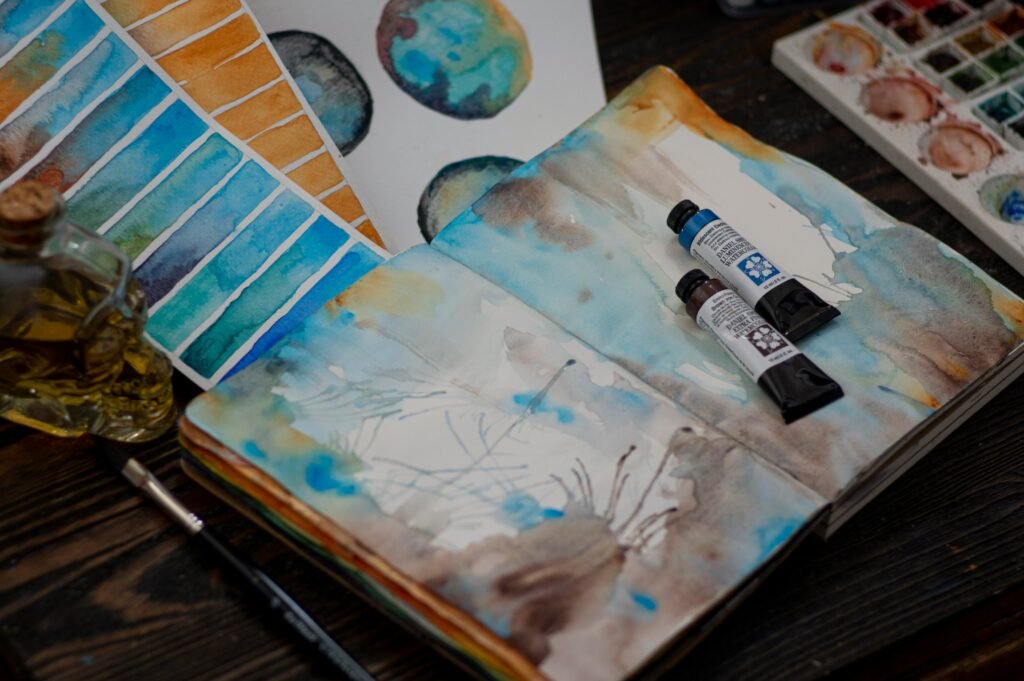
So, where do you start?
Using a sketchbook helps track your artistic growth and encourages reflection. In addition, it provides a relaxed space for experimentation, focusing more on process than finished works.
Sketchbooks can be developed by binding your own papers, using plastic display pockets or purchasing a ready-made artist’s sketchbook.
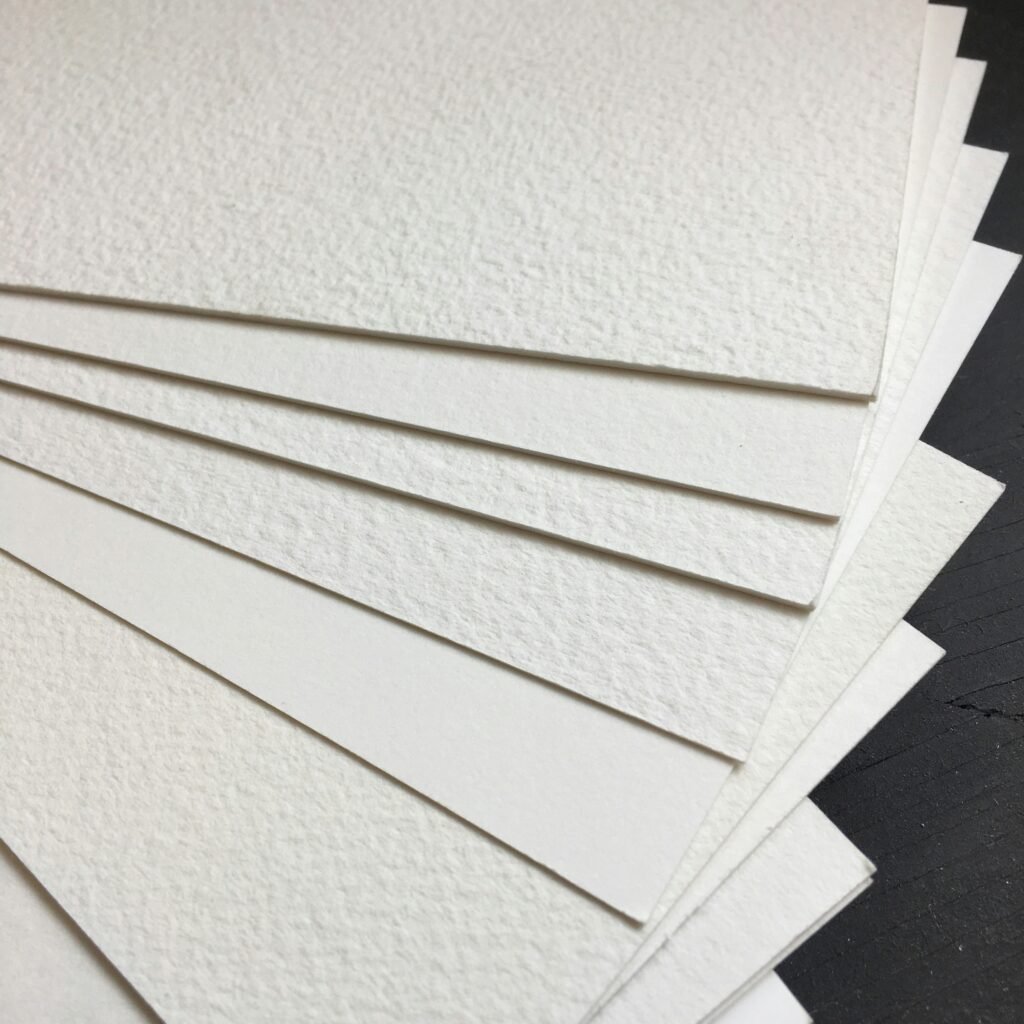
What type of sketchbook paper is best?
This is an important question, as your paper choice dictates what type of art you can complete. Generally, thin and smooth paper may not be appropriate for many techniques, as it tends to absorb water poorly and can tear easily.
Choose sketchbook paper that is quality cartridge paper of at least 300g to provide a solid base for your work or for mounting other pieces.
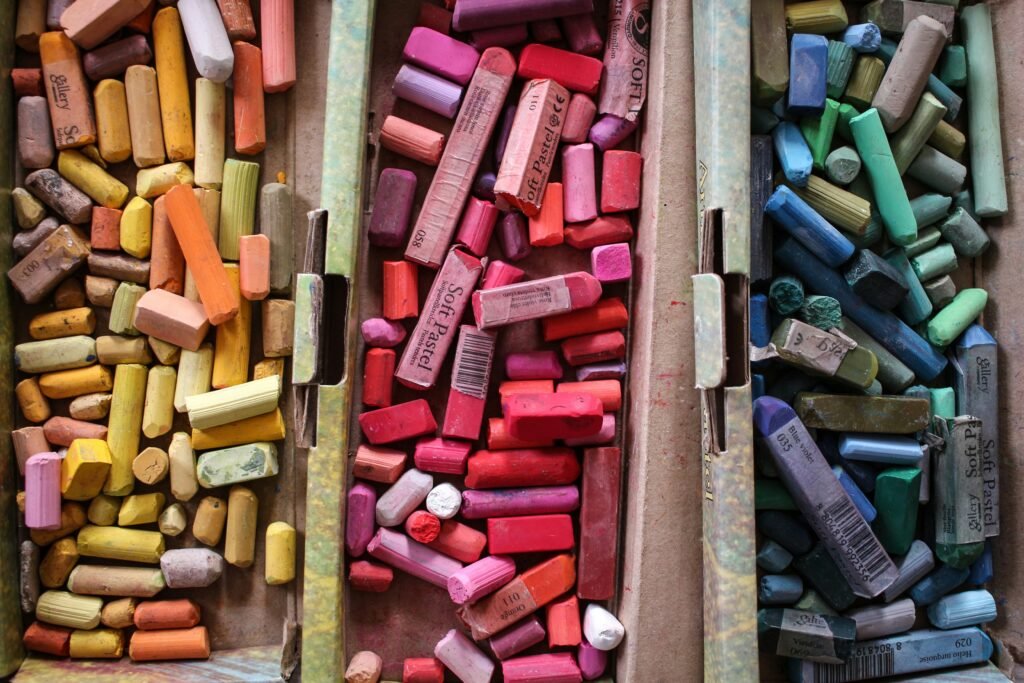
Having a basic art kit
Creating experimental art doesn’t require costly supplies; it’s about finding new ways to use basic materials expressively.
In summary, a basic art kit should include:
- a set of sketching pencils (incl. 2B-6B)
- a set of coloured pastels
- a set of wax crayons
- a set of paints such as acrylic paints
- PVA glue
- A collection of brushes that are of different sizes, shapes and coarseness.
Please note that links have been provided for illustration purposes only. Please do shop around for the best prices.
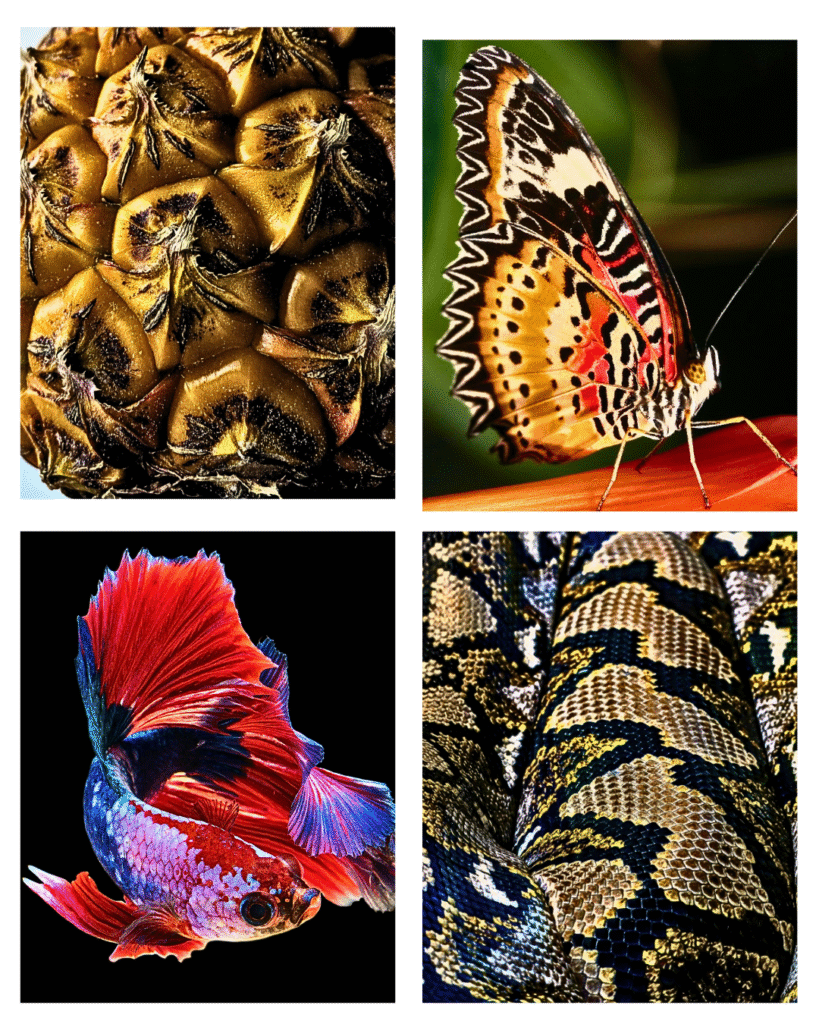
Finding inspiration
You will not need to look far to find creative inspiration. Once you start to look closely at the world around you, you will be amazed at how many sources of inspiration there are.
Here are a few suggestions for suitable source ideas:
- Slice a variety of fruits and vegetables, like kiwi, red cabbage, squash, tomatoes, cucumbers, or pineapple, to observe their unique textures.
- Search for close-up images of animal skins—such as snakes, crocodiles, leopards, and butterfly wings—for more patterns.
- Tropical fish also offer vibrant, patterned inspiration.
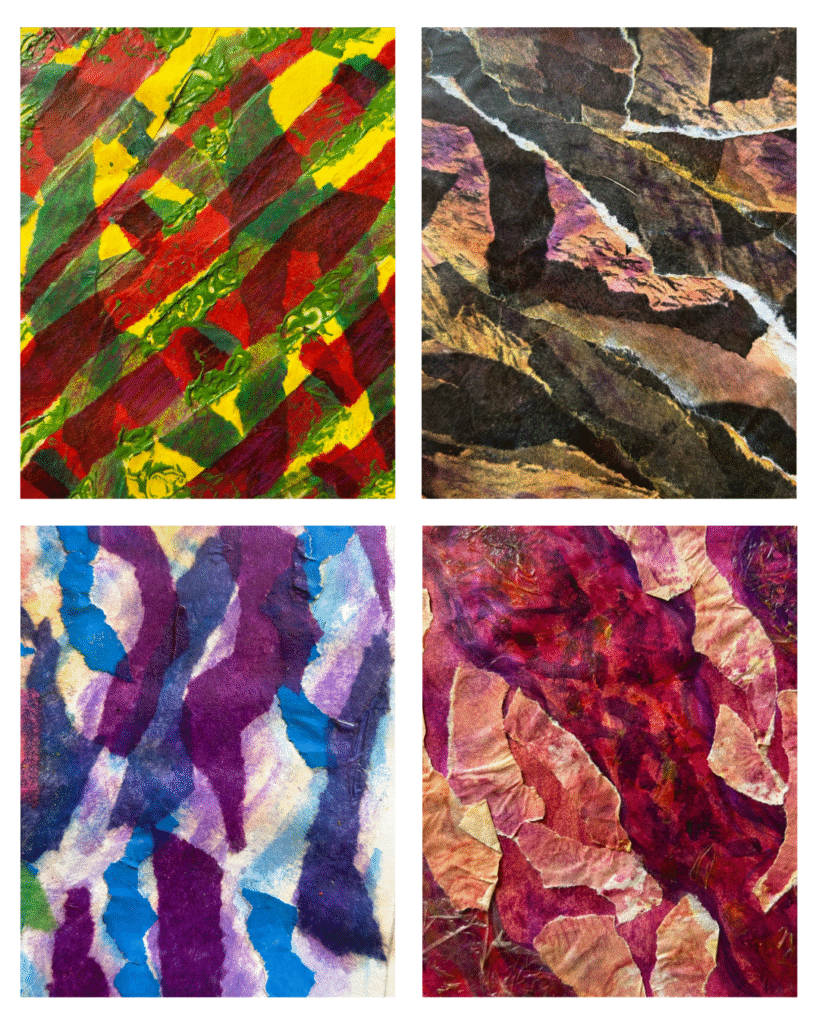
Experimental Art Techniques.
Collage
Collage offers a creative way to experiment with shape, colour, and texture, allowing for abstract patterns. Enjoy the versatility of this technique by exploring various approaches.
Here are a few ideas to try:
- Creating your own papers by painting them with different colours and textures.
- Use different thickness of paper for different effects. For example, tissue papers becomes translucent when layered with PVA glue.
- Layer papers and paint to create interesting effects. Dilute paint will tint the papers and in contrast, thickly applied paint can create added textures.
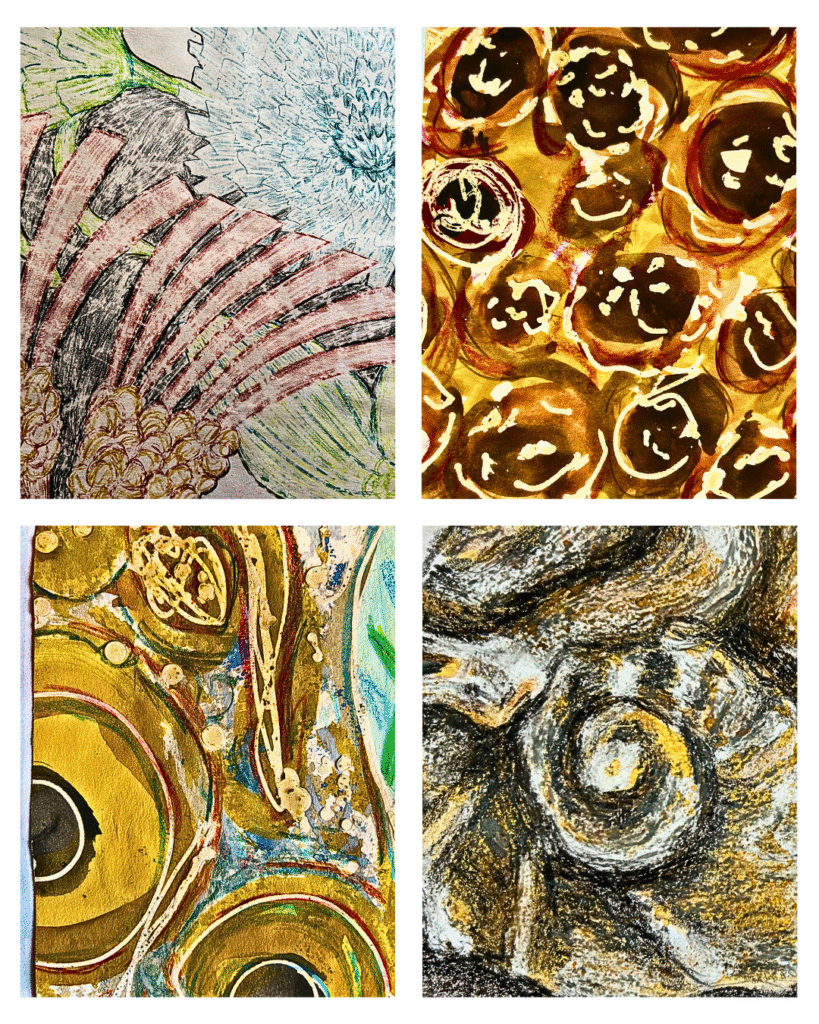
Wax Resist
The technique of using wax to resist water-based pigment is used to produce varied textures and highlights.
Different types of wax can be used, for example:
- Household candles which are made of paraffin wax. These candles are hard and resist water based pigment well.
- Batik is the method where molten batik wax is dripped onto an artwork. Specialist wax pots are used in order to control the temperature of the wax and prevent accident.
- Coloured wax crayons can be used to add coloured resists.
There are also different types of resist methods to try, each creating different effects. For example, wax can be randomly drawn over a surface to create texture. In addition, wax can be added to specific areas to create intentional highlights. Try lots of different experiments and compare the results.
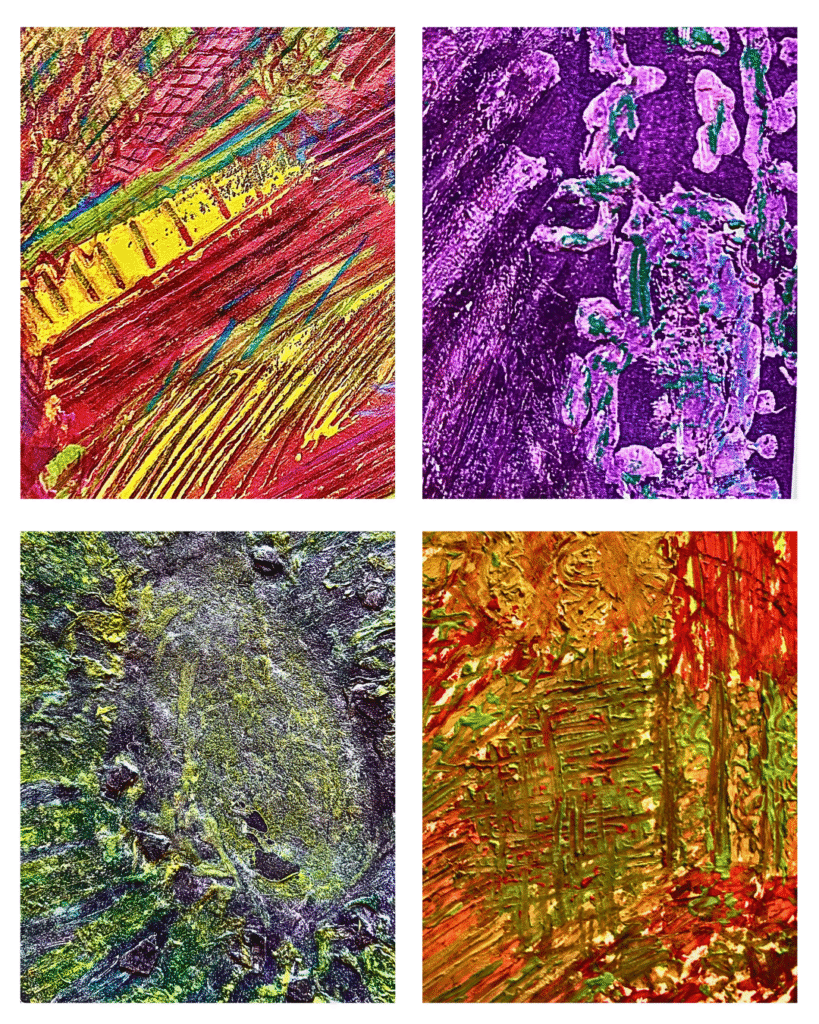
Creating texture with paint
Adding different ingredients to paint creates unique textures. For example, adding PVA glue to paint makes it thicker, while the glue dries clear. Mixing sand with paint results in a gritty texture.
Once you have developed your paint blends, experiment with application methods. Use a palette knife or textured combs—cut teeth shapes from cardboard to make your own.
After painting, try adding more layers with materials such as crayon or pen.
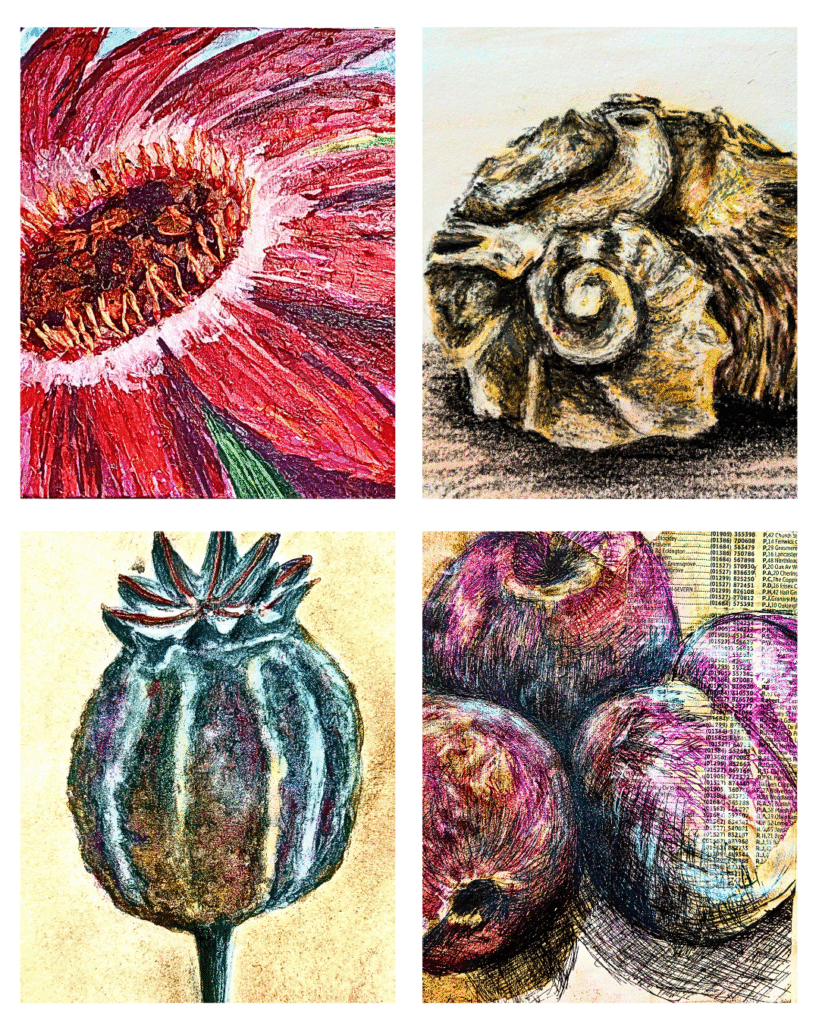
Mixed Media Drawings
After completing various art techniques experiments, you can incorporate that experience into your drawing.
Try layering collaged papers to create interesting background to incorporate with your drawing. Experiment with creating imagery just using layered tissue papers. Lastly, wax resist and layered paint can be used to create textured forms.
There are many more combinations to try and explore. Explore new combinations by referencing your sketchbook and mixing different techniques.
Enjoy trying new media and art techniques, and let your creativity lead the way. Tag Backbury House Retreats and reference this article in your social posts to spread the word.
For information about in-person courses please visit www.bhretreats.co.uk.
Hope to see you soon!
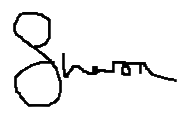
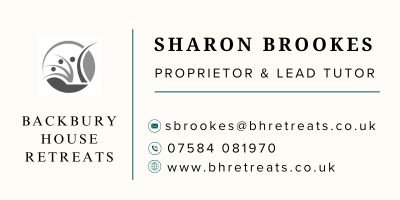



0 Comments